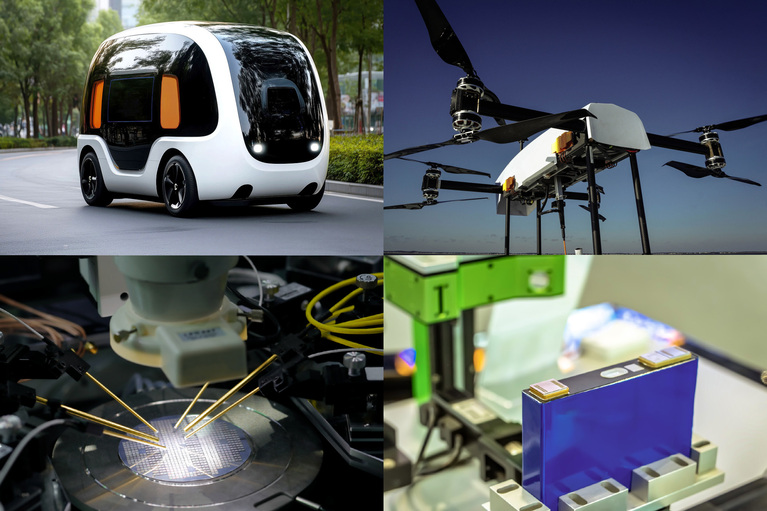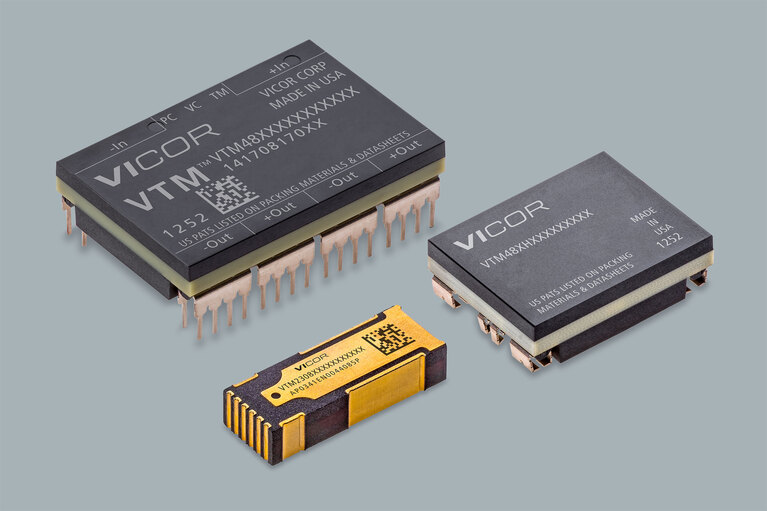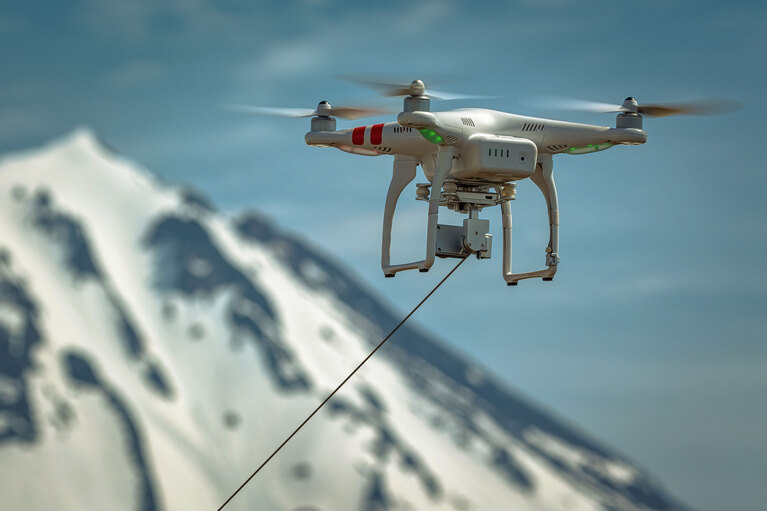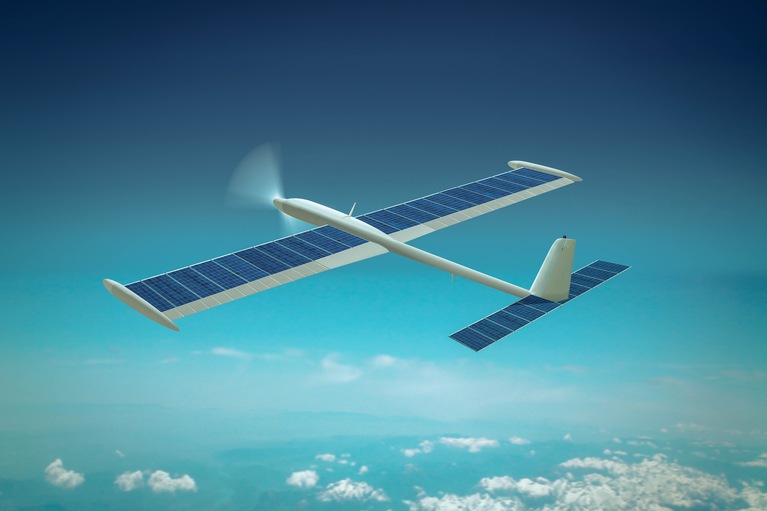
Accelerate your move to a high performance 48V power delivery network
This eBook provides guidance on designing 48V power delivery networks to enhance the performance, efficiency, and reliability of industrial products
New solid-state X-ray technology allows medical X-ray scanners to be more portable and battery operated, enabling medical professionals to check patients in any location. Medical X-rays typically need a short pulse of high-intensity radiation energy, which can conveniently be stored and supplied to the X-ray diode by a supercapacitor, in this case charged to 28V. Normally the 28V would be sourced from a number of Li-ion batteries in series. However, in a portable application, this type of battery array and charging system is too large and too heavy. The key goals were:
Use of a bi-directional DC-DC converter reduced the battery array to just one 2.7V Li-ion cell, reducing size and weight significantly compared to a typical boost converter solution. In addition, the bi-directional converter delivered higher efficiencies when charging the supercapacitor from a low voltage source, extending battery life.

Ultra-small, lightweight solution (8.6cm2 footprint, 16g weight) compared to a boost converter solution

Unique bi-directional converters (DC-DC transformer) available as standard products

Higher efficiency achieved using low-loss Sine Amplitude Conversion topology
A Vicor VTM, operating in reverse, stepped-up the 2.7V input to provide a nominal 32V rail with an efficiency of more than 94%. For the supercapacitor charging circuit, a ZVS Buck-Boost converter regulated the 32V and provided the necessary current limiting. This architecture was accomplished in a footprint of just 8.6cm2. To analyze this power chain, go to Vicor Whiteboard online tool.

絶縁 電圧変換比固定
入力電圧: 0 – 60V
出力電圧: 0 – 55V
出力電流: 最大115A
ピーク効率: 97%
22.83 x 8.52 x 4.9mm 他
Accelerate your move to a high performance 48V power delivery network
This eBook provides guidance on designing 48V power delivery networks to enhance the performance, efficiency, and reliability of industrial products
Build better UAVs using modular power
Power Delivery Networks (PDN) based on Vicor high performance power modules enable innovative designs for the next generation of UAV development
High-density, high-power modules enable lighter, safer, lower cost tether cables to extend missions
This class of unmanned vehicle is powered and controlled via a tether from a ground-based power source assisting in extended missions
High-efficiency, high-density modules free up space for advanced communications and extend range
High-efficiency class of UAV depend on solar power to meet its long flight time requirements




